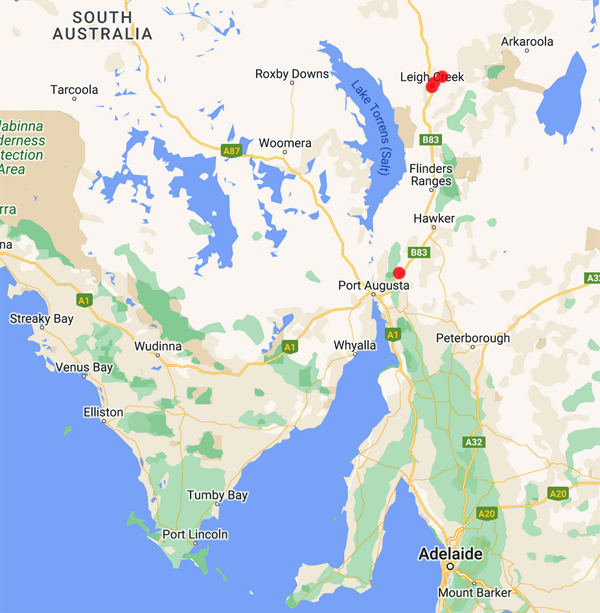
Council of Heads of Australasian Herbaria
Australian National Herbarium
Biographical Notes
 |
Council of Heads of Australasian Herbaria |
 Cannon, William Austin (1870 - 1958)
Cannon, William Austin (1870 - 1958) Born in Washington, Michigan, USA, and studied at Stanford and Columbia Universities, earning his PhD in 1901.
He investigated the anatomy of plant hybrids and in 1902 became the first scientist to suggest the role of chromosomes in heredity.
In 1903, he was selected to be the first resident investigator at the Carnegie Institution's Desert Laboratory in Tucson, Arizona, where he pioneered the study of the root systems and the physiological ecology of desert plants.
Cannon was interested in desert ecosystems in different parts of the world and made a series of comparative studies, but his larger goal of a comprehensive study of deserts never came to fruition.
His research in the arid parts of Africa (Algeria 1910; South Africa and Namibia 1921), Australia (1918), and Mexico was published in occasional papers and in a series of books.
The results of his work in Australia,
conducted at Ooldea, Tarcoola, Blanchetown, and the Finders Ranges (Quorn, Port Augusta
and near Copley) is embodied in a special publication: Plant Habits and Habitats in the Arid Portions of South Australia (1921).
Source: Extracted from:
https://plants.jstor.org/stable/10.5555/al.ap.person.bm000026452
Kraehenbuehl, D.N. 'History of Botany in South Australia (1800-1955) in Flora of Sth Aust, Part 1. (1986)
Portrait Photo: seeking portrait
Data from 7 specimens
